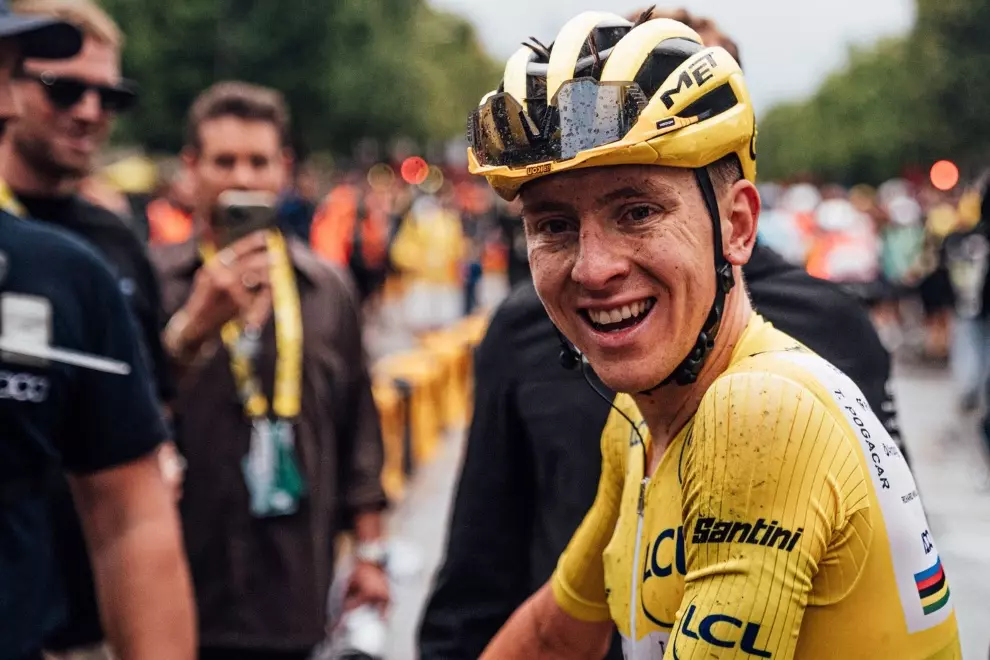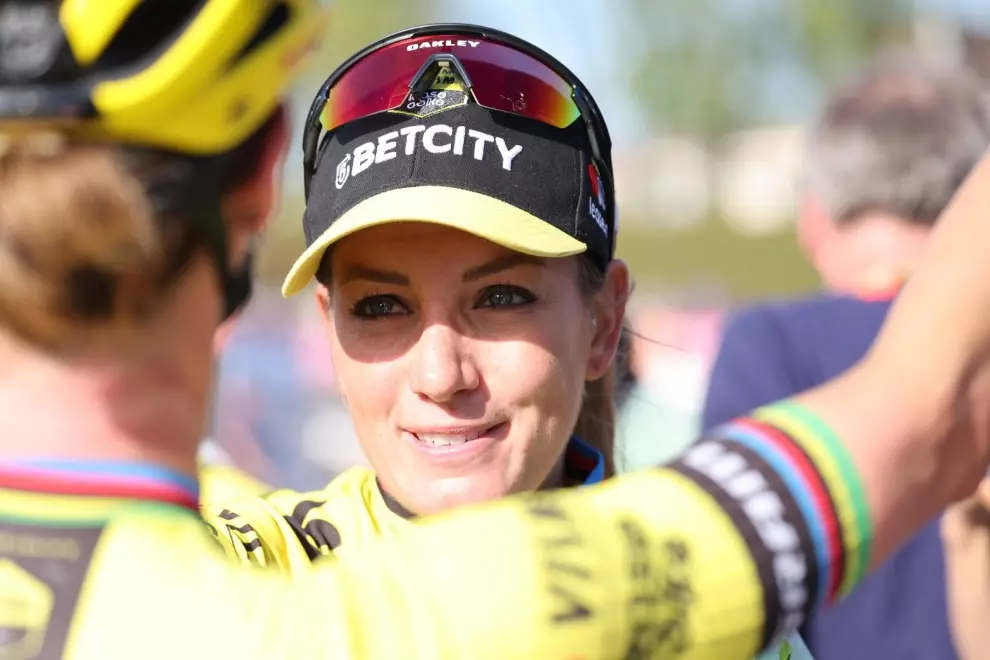Adding spice to this year’s race is the presence of two-time Tour de France winner Jonas Vingegaard racing alongside his Jumbo-Visma teammate, the three-time Vuelta winner Primož Roglič. In addition to Roglič and Vingegaard – who finished 46th in his only previous appearance in the Vuelta, in 2020 – Jumbo-Visma have brought a powerful team, including the rider considered the best mountain domestique in the world, Sepp Kuss, the excellent riders Wilco Kelderman and Dylan van Baarle, and the powerful young Hungarian Attila Valter.
Jumbo-Visma are clearly pulling out all the stops for the win. If they pull it off, they will have made a clean sweep of this year’s Grand Tours, with Roglič having won the Giro and Vingegaard taking the Tour. That would make them the first cycling team ever to sweep the Grand Tour Grand Slam. But who is their team leader in the Vuelta? Perhaps that will be decided during the race. If Roglič wins, he would match Spaniard Roberto Heras for most Vuelta GC victories with four. Asked by diario AS if his teammate was his main rival, he replied, “Obviously, we are here to do our best with the whole team. If we can both be on top it would be even better. But it’s not just us. There will be a lot of guys in great shape.”
Last year’s Vuelta winner, Remco Evenepoel (Soudal-QuickStep), is one of those “guys in great shape” and the main obstacle to Jumbo-Visma’s ambitions to win the Grand Slam. Though it hasn’t been a great year for him, his win in the ITT world championship earlier this month was very impressive. But he faces a daunting task. As usual, he will likely be alone when the race reaches the high mountains, especially the Tourmalet and the Angliru. These formidable climbs are two of nine summit finishes in the race, which may present a problem for the 23-year-old Belgian, who is an excellent climber but tends to falter when the slope is long and steep.
In that respect, the climb up to the Altu de l’Angliru (12.4km @ 9.4%) at the conclusion of stage 17 will be crucial. The second half of that ascent is hellishly steep, with ramps of between 19 and 24%. Does Evenepoel have the domestiques to support him on such a climb, or will he be facing Roglič, Vingegaard, Kuss and the others on his own? The answer to that question and his finish on that climb and in the Vuelta may determine if Evenepoel stays at Soudal-QuickStep or goes to one of the many teams hungry for his immense talents, such as Ineos Grenadiers. So there is a lot at stake.
And speaking of Ineos Grenadiers, its long-serving stalwart Geraint Thomas must be considered among the favorites just because – even at age 37 – he is still a very good climber and an excellent time trialer. But his loss to Roglič in this year’s Giro, when he couldn’t match the Slovenian on the difficult climb to the top of the Monte Lussari (7.3km@12.3%) at the end of the penultimate stage 20 ITT is significant. That ascent resembles that of the Angliru, with its ramps up to 22%, suggesting that Thomas will not be able to match the two Jumbo-Visma riders.
One interesting competitor is the 20-year-old Spaniard Juan Ayuso. Last year, at 19, the UAE Team Emirates rider became the youngest cyclist to ever finish on the podium of the Vuelta, when he finished third, 4′ 57″ behind Evenepoel. However, a leg injury kept him from riding again until this spring. But he quickly returned to form, winning the ITT at the Tour de Romandie and finishing second in the Tour de Suisse GC, with two stage wins. He should make a strong showing here, but it would be a real accomplishment if he duplicated his 2022 result.
He has marvelous support in the Portuguese rider João Almeida, who at 25 may be coming into his prime. He has had a very good year, finishing third in the Giro, second in the Tirreno-Adriatico and, most recently, second in the Tour de Pologne. A podium place is definitely within his reach, especially if young Ayuso works for him. Here, too, it is unclear who will lead the team, though my money is on the more experienced Almeida.
The Spanish Movistar rider Enric Mas should be in the mix for a podium place if he has fully recovered from the injuries he suffered in the first stage of this year’s Tour. He has not raced since then, so his fitness will be a question mark. Still, the 28-year-old Mas has form in the Vuelta, finishing second three times, in 2018, 2021 and last year. He will definitely be a player if he has found his form again.
Barring accident and illness, the 2023 Vuelta should be a family affair, with the two best climbers in the peloton, Roglič and Vingegaard, sharing the spoils. The Slovenian was an impressive winner in the recent Tour of Burgos, easily beating Aleksandr Vlasov (Bora-Hansgrohe) and Adam Yates (UAE Team Emirates) into second and third. Vingegaard has not raced since his impressive win in the Tour de France, but the Dane does not race if he is not fit enough to win. If Roglič doesn’t crash out, as he did last year and in the last two Tours he raced in, this should make for a fascinating in-house contest – though it’s likely that Vingegaard will be racing for his teammate as long as he remains in contention.




